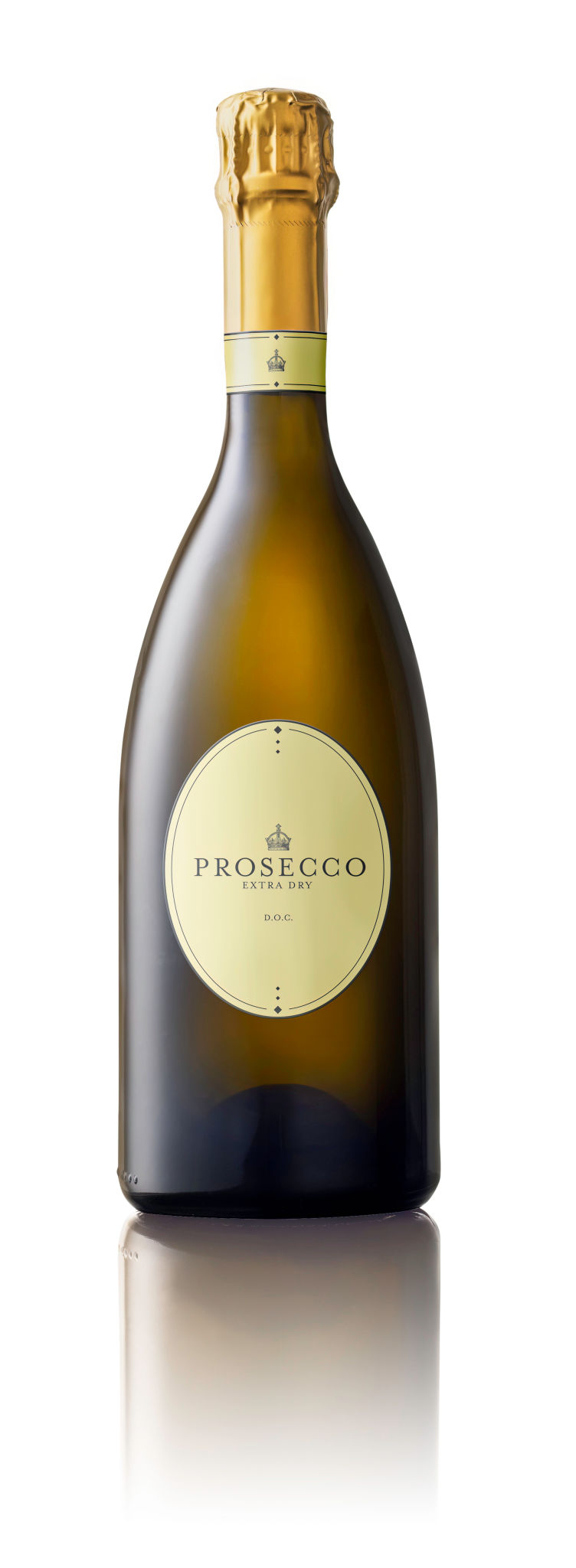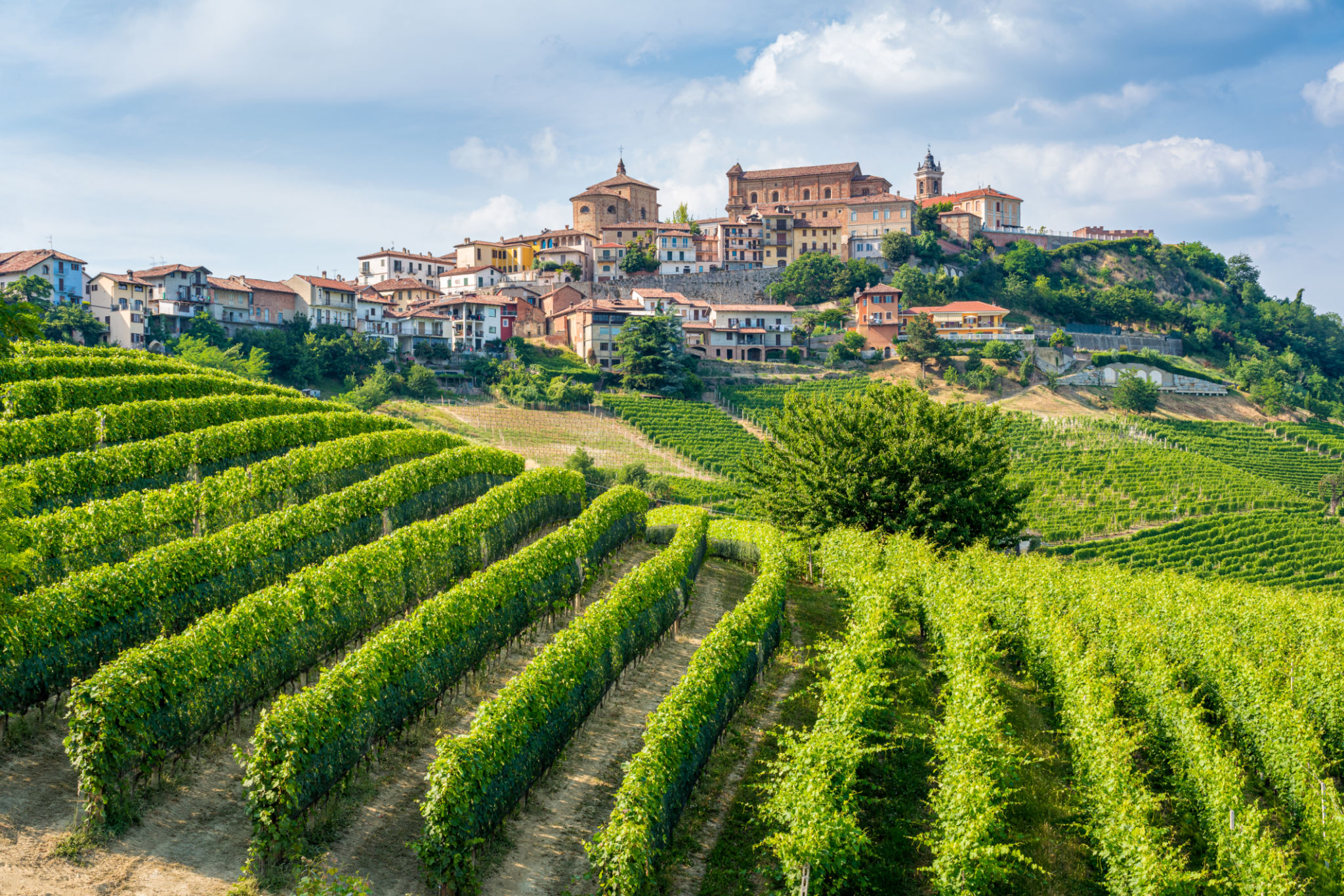Debunking Common Myths About Prosecco: What You Should Really Know
Prosecco: More Than Just a Sparkling Wine
Prosecco, often overshadowed by its more famous cousin Champagne, has been climbing the ranks in popularity. However, with its rise comes a slew of myths and misconceptions that often cloud its true essence. In this post, we aim to debunk some of these common myths and provide you with what you really need to know about this delightful Italian bubbly.

Myth 1: Prosecco is Cheap and Low Quality
One of the most prevalent myths about Prosecco is that it is an inferior, low-quality sparkling wine. While it is generally more affordable than Champagne, this doesn't mean it's of lesser quality. The affordability often comes from the production process, which is less labor-intensive than that of Champagne.
Prosecco is made using the Charmat method, a process where the secondary fermentation occurs in large stainless steel tanks rather than in individual bottles. This method is efficient and helps maintain the fresh and fruity profile that Prosecco is known for, without compromising quality.
Myth 2: All Prosecco Tastes the Same
Another common misconception is that all Prosecco tastes the same. In reality, Prosecco offers a diverse range of flavors and styles. From the dry and crisp Brut to the sweeter Extra Dry and Dry varieties, Prosecco's spectrum can cater to various taste preferences.
The flavor profile of Prosecco can also vary depending on the specific region within Veneto and Friuli Venezia Giulia where it is produced. The terroir—comprising the climate, soil, and altitude—plays a significant role in shaping the unique characteristics of each bottle.

Myth 3: Prosecco Should Only Be Enjoyed as an Aperitif
While Prosecco is indeed a popular choice for an aperitif, it is versatile enough to pair with a wide range of dishes. Its light and refreshing bubbles make it an excellent companion for seafood, salads, and even spicy Asian cuisine.
Additionally, Prosecco can be a wonderful complement to desserts like fruit tarts and panna cotta. Its ability to balance salty and sweet flavors makes it an ideal choice for a variety of dining experiences.

Myth 4: Prosecco Is Just a Cheap Substitute for Champagne
Prosecco should not be viewed merely as a budget-friendly alternative to Champagne. Each sparkling wine has its own unique characteristics and charm. Prosecco's appeal lies in its approachable flavor profile with notes of green apple, citrus, and honeysuckle, making it a delightful choice in its own right.
While Champagne is often associated with luxury and celebration, Prosecco brings its own sense of joy and festivity without the hefty price tag. It offers a different experience that should be appreciated on its own terms.
Myth 5: Only Italians Can Make Great Prosecco
It is true that authentic Prosecco must come from designated regions in Italy to be labeled as such. However, this doesn't mean that other countries can't produce high-quality sparkling wines inspired by the traditional methods of Prosecco production.
Winemakers around the world are exploring similar techniques to craft their own versions of sparkling wines, bringing diversity and innovation to the global sparkling wine market.

Embrace the Bubbles
In conclusion, dismissing these myths allows us to appreciate Prosecco for what it truly is—a vibrant and versatile sparkling wine with its own unique identity. Whether enjoyed as a casual drink or as part of a special occasion, Prosecco deserves recognition for its quality and character.
The next time you raise a glass of Prosecco, remember these debunked myths and savor every bubble with newfound appreciation. Cheers!